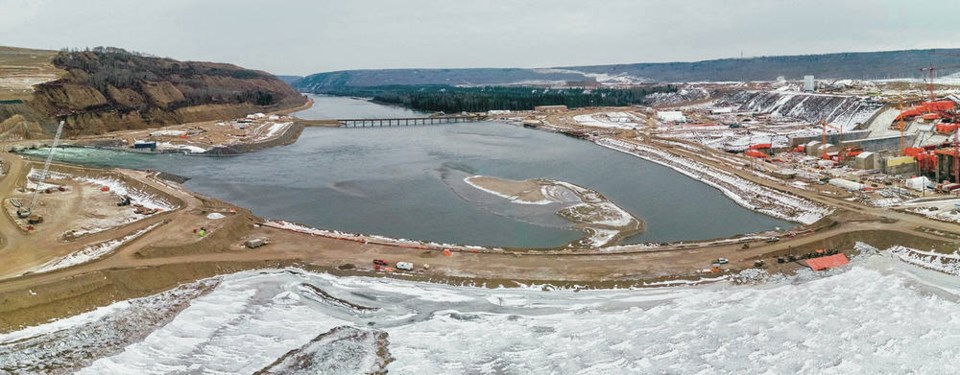A commentary by a former president and CEO of B.C. Hydro.
The cost to build B.C. Hydro’s Site C has ballooned to $16 billion, making it the most expensive dam in Canadian history. With costs out of control and no upper limit in sight, Premier John Horgan dismissed the notion that Site C should be stopped.
Horgan relied on a false narrative in order to do so. He said that if Site C construction was terminated, $10.2 billion in costs would be subject to an immediate writedown, and this writedown would cause a 26 per cent increase in electricity rates.
The premier is relying on a fairy tale — replete with a monster dressed up as a rate increase — to market the irresponsible continuation of Site C. Expensing project costs in one year and increasing rates to cover it is not how the accounting for costs would be treated in the real world — not by B.C. Hydro and not by the B.C. Utilities Commission.
This is not the first time Horgan has resorted to fantasy in an effort to sell the project.
When the premier announced the continuation of Site C in December 2017, he claimed that “to cancel [Site C] would add billions to the province’s debt — putting at risk our ability to deliver housing, child care, schools and hospitals for families across B.C. And that’s a price we’re not willing to pay.”
At that time the estimated cost to halt the project and remediate the site was $4 billion.
Horgan’s own press release contradicts his fear-mongering rhetoric. The press release explains that costs could be recovered over 70 years with no short-term rate impact. The same accounting logic — amortize the costs over decades — holds true with the $10.2-billion cost Horgan says would be incurred if the project were cancelled.
As a former chair and CEO of Ontario Hydro, chair of Manitoba Hydro and president and CEO of B.C. Hydro, I am aware of how potential rate shocks are treated by Canadian utilities and the commissions or boards that regulate them.
Amortizing these costs over many years is the standard of practice. For example, the 1,600-megawatt Conawapa Generating Station and Dam in Manitoba was cancelled in 2017, causing a writeoff of $379 million. The Manitoba Public Utility Commission approved the transfer of construction costs to a regulatory deferral account with amortization of the amount over 30 years.
When Site C was first proposed, the budget was $3.3 billion, it rose to $6.6 billion, then $7.9 billion, to $8.8 billion, then $10.7 billion and now $16 billion. At his press conference, Horgan could not guarantee that $16 billion represents a final cost estimate.
Horgan didn’t talk about the geotechnical instability at the site, or the risks and cost that portends. He must be aware of it — Peter Milburn documented these concerns in his report and explained how B.C. Hydro consistently underestimates the risk associated with geotechnical conditions in the area.
The site is unstable because it consists primarily of sedimentary shale — think mud. Sedimentary shale is prone to erosion, landslides and water seeping into places it’s not supposed to go. Add to this the extensive fracking that has taken place in the area resulting in thousands of earthquakes. These factors mean that to build this dam safely — if it can be — will require additional expenditures.
Site C costs can easily reach $20 billion.
When is enough, enough?



